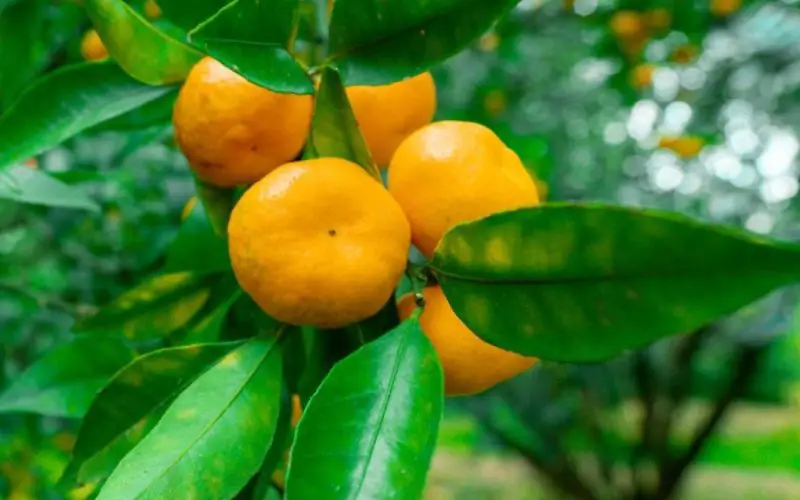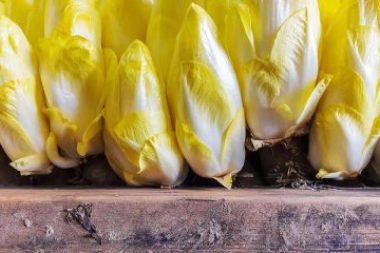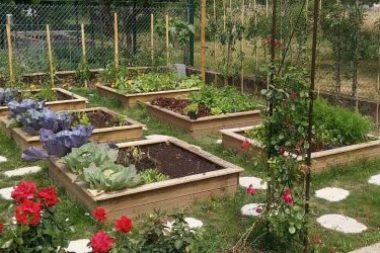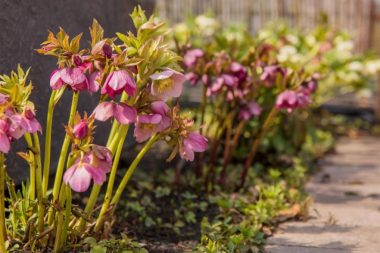As winter approaches, our gardens are preparing to face the harshness of the cold season. While nature seems to slow down its pace, maintaining the conservatory and orchard is essential for the well-being of plants and creating the ideal conditions for new blooming as soon as the first spring rays appear.
In the orchard, prevention is better than cure
If you want to obtain an abundance of beautiful, juicy, and sweet fruits next summer, it is better to prepare your trees now to fight against the parasites that will undoubtedly attack them.
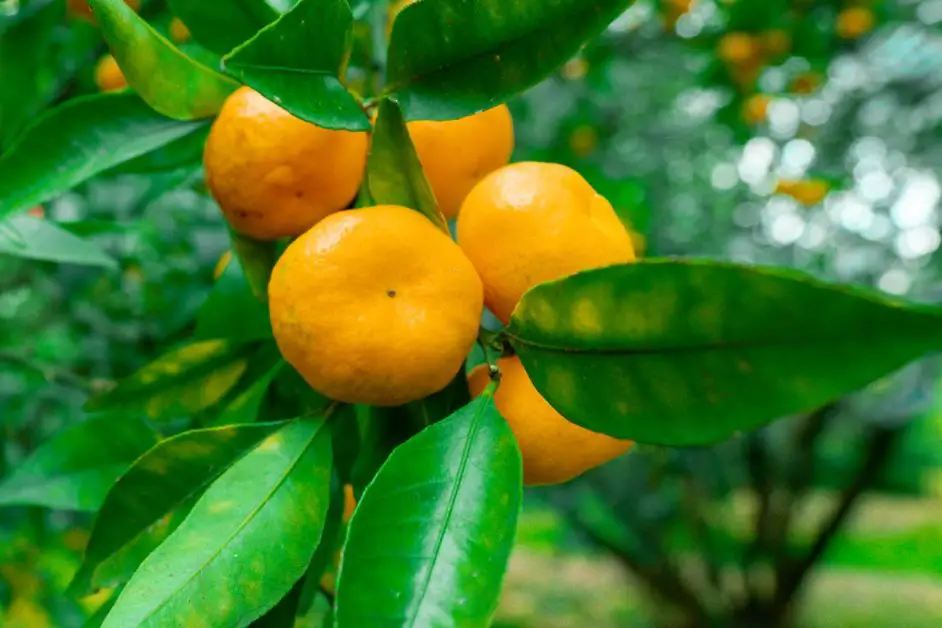
Prune carefully, remove mummified fruits, either with pruning shears, by hand, or with an electric pruner, track down and eliminate all natural shelters of pests from your fruit trees…
Using a horsehair glove or a dandelion brush, scrape the bark of the trunks and main branches. This way, you will remove the pieces lifted by age or bad weather.

Under these shelters, many larvae or a large number of eggs hibernate, waiting for the sunny days to wake up. By removing their protective cover, you will send them to their demise.
Remove the mummified fruits that remain attached to the branches and sweep away the dead leaves that litter the ground. They are also a refuge for these garden enemies. Burn all this waste. Do not put them on the compost heap.
Spray a winter treatment product on the trunk and the entire canopy. Composed of paraffinic oil, it covers the predators with a film that deprives them of air and suffocates them. Avoid letting the product run off and intervene on a day when it is not freezing.
The conservatory in winter
A conservatory, or a greenhouse, provides a very good shelter for tender plants that live outside in summer but come inside as soon as the first cold weather arrives.
Accustomed to enjoying plenty of fresh air, they find themselves in a confined atmosphere, which is not always suitable for them.

If your conservatory is well heated, spray room temperature water on the foliage and around the plants to humidify and refresh the atmosphere.
Avoid tap water, which is often hard. Prefer filtered rainwater to eliminate impurities.
Place your potted plants in a container with raised edges, on a bed of gravel, and always keep this support in water. Through evaporation, the water rises towards the foliage and helps maintain a humid environment.
Regularly monitor the foliage to take action as soon as you spot a pest: aphids, scale insects, whiteflies, which come to feed on the sap of these plants.
Regularly clean the windows so that your plants can benefit from maximum sunlight. But remember that a ray of sunshine through a window can burn the foliage when it is too direct. Some light shading is sometimes necessary.
Abundant harvests guaranteed
To enjoy juicy and sweet berries, prune your small fruit bushes.
For currant bushes, it is essential to thoroughly ventilate the center of the bush. Remove, from the base, the branches that grow towards the inside.
Also cut the older stems, as they practically stop bearing fruit once they are 4 or 5 years old. Remove tangled branches. Keep only 6 or 7 branches per plant, which is sufficient for a good harvest.
Pruning blackcurrant bushes is practically the same as pruning currant bushes. However, keep in mind that fruiting usually appears on branches that are two years old and decreases from the fourth year onwards. Plan for replacement by keeping new shoots.

Finally, remove the canes of raspberry bushes that have borne fruit and reduce the length of the new shoots to about twenty centimeters. Cut weak or poorly formed canes at ground level.
